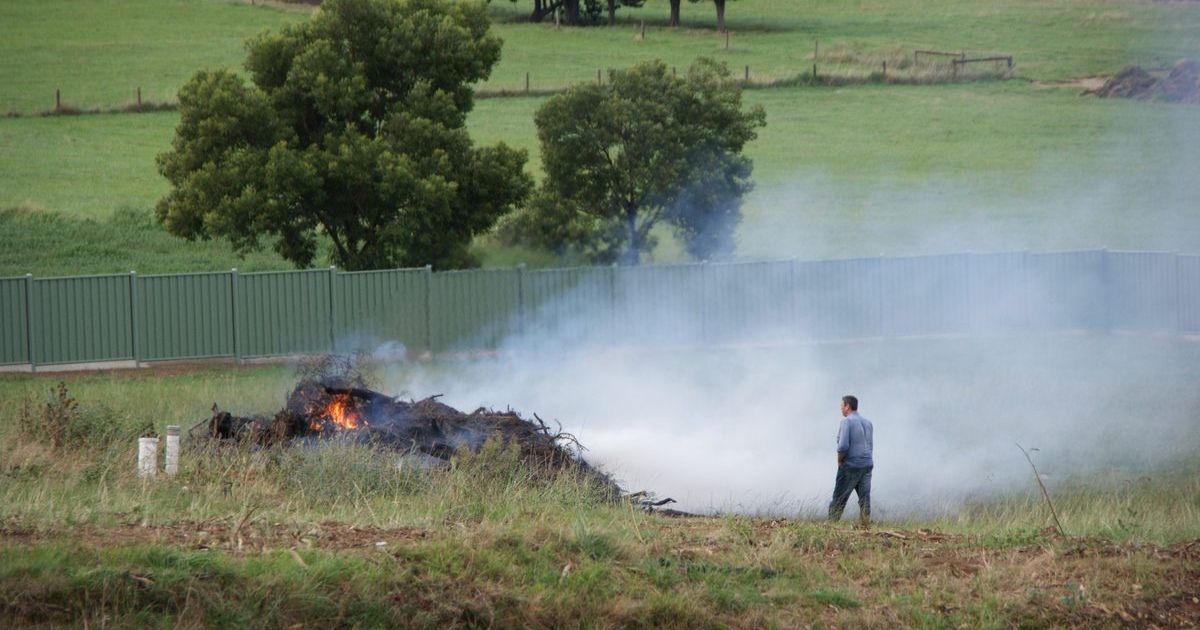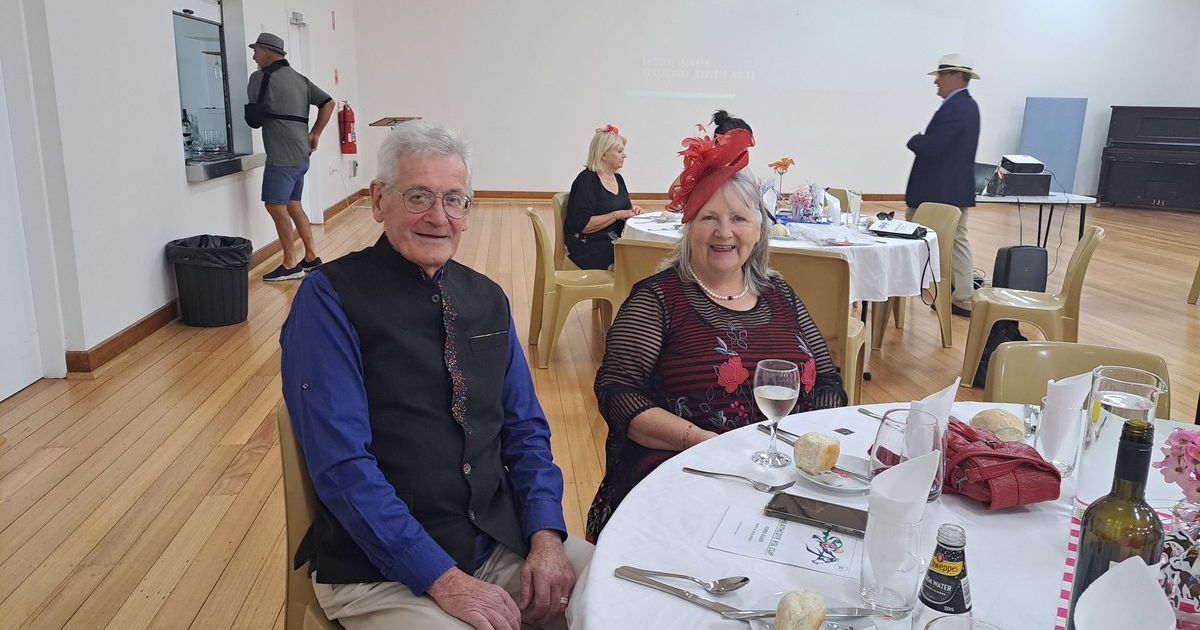How caring for a small piece of land can have big impacts

Impact: Bendigo’s box-ironbark forests can be home to the critically endangered swift parrot. Photo: AAP IMAGE
AT the Axe Creek Catchment Landcare group, volunteers have been working together to repopulate local landscapes with native flora and fauna.
As part of the effort a recent workshop on techniques for small property conservation aimed to demonstrate strategies people can adopt to conserve natural habitats in their area.
Adrian Martins, ecologist and president of the Axe Creek Landcare, said revegetation on properties as small as an acre could significantly improve biodiversity.
“If you’re living on a bit of dirt like that you could have a contribution to play because you could be a stepping stone in the broader landscape for species to utilise as habitat itself,” he said.
“Or be a stepping stone to somewhere else that could be a corridor between your property and neighbours’ properties or into a roadside reserve that could still contain good value vegetation or tree cover.”
Most of the forests around Bendigo are classified as box-ironbark, a term used to represent a number of species.
“Generally speaking, box-ironbark figures that have been banding around for a while now, there’s only 18 per cent of that broader vegetation community left in the state of Victoria,” Mr Martins said.
“If you read any sort of state of the environment report there’s not much that’s getting better, if anything it’s getting worse or maintaining the status quo in some cases.”
A good place to start, Mr Martins said, is to identify where your property is in the landscape and what natural resources are around.
“I always get people to picture themselves as a bird flying over the broader landscape and look at where those connectivity pathways are in the landscape,” he said.
Online aerial mapping tools like Google Earth can assist to see how agricultural and public land interacts in your region.
“The creeks and rivers, public bush blocks like hills and forested areas like that were set aside for timber production in the hey-days,” Mr Martins said.
“So you can get a picture of what’s been cleared in between and it’s generally freehold land for agricultural purposes largely and that’s where a lot of our biodiversity is impacted.”
From there it’s a matter of asking what can realistically be done on property with the resources and skills available.
“Once you’ve done that I encourage people to explore with their actual neighbours, Landcare is good for that,” Mr Martins said.
“We have members in our group scattered all throughout the catchment and we have people that are interested in linking up with each other to achieve objectives.”
Mr Martins said the work he and neighbouring landholders completed in his own area was a good example of how collaborative revegetation could help to re-colonise native species.
“Largely using adjoining property boundaries and fence lines, we identify the appropriate width and then revegetate those and put fences up,” he said.
“You can still run some stock in these smaller properties to manage grassy weeds or introduced pastures because that’s always going to need management.”
The work Mr Martins and his neighbours completed on their properties began in 2018 and in the five years since, they already seen some species of bird returning to the area.
“It is quite amazing how quickly things can recolonise if the habitat structure is right,” he said.
Taking steps to conserve or improve vegetation on small properties can have positive impacts on not only biodiversity, but also water retention, agricultural productivity and property values.
“It actually increases the value because they become much more interesting and we have species that provide enjoyment for birdwatching, insect studies,” Mr Martins said.
“It leads to other things like weed control, pest animal control, are all things that are considered in these projects as well.”
Information on what vegetation to plant in the area t can be sourced from the Ecological Vegetation Classes which can be accessed via the Victorian Department of Energy, Environment and Climate Action website.
“Everyone can do something it’s just a matter of again setting your objectives and asking yourself ‘what can I achieve with the resources and skills that I’ve got and how can I work with others to do this sort of stuff?’” Mr Martins said

















